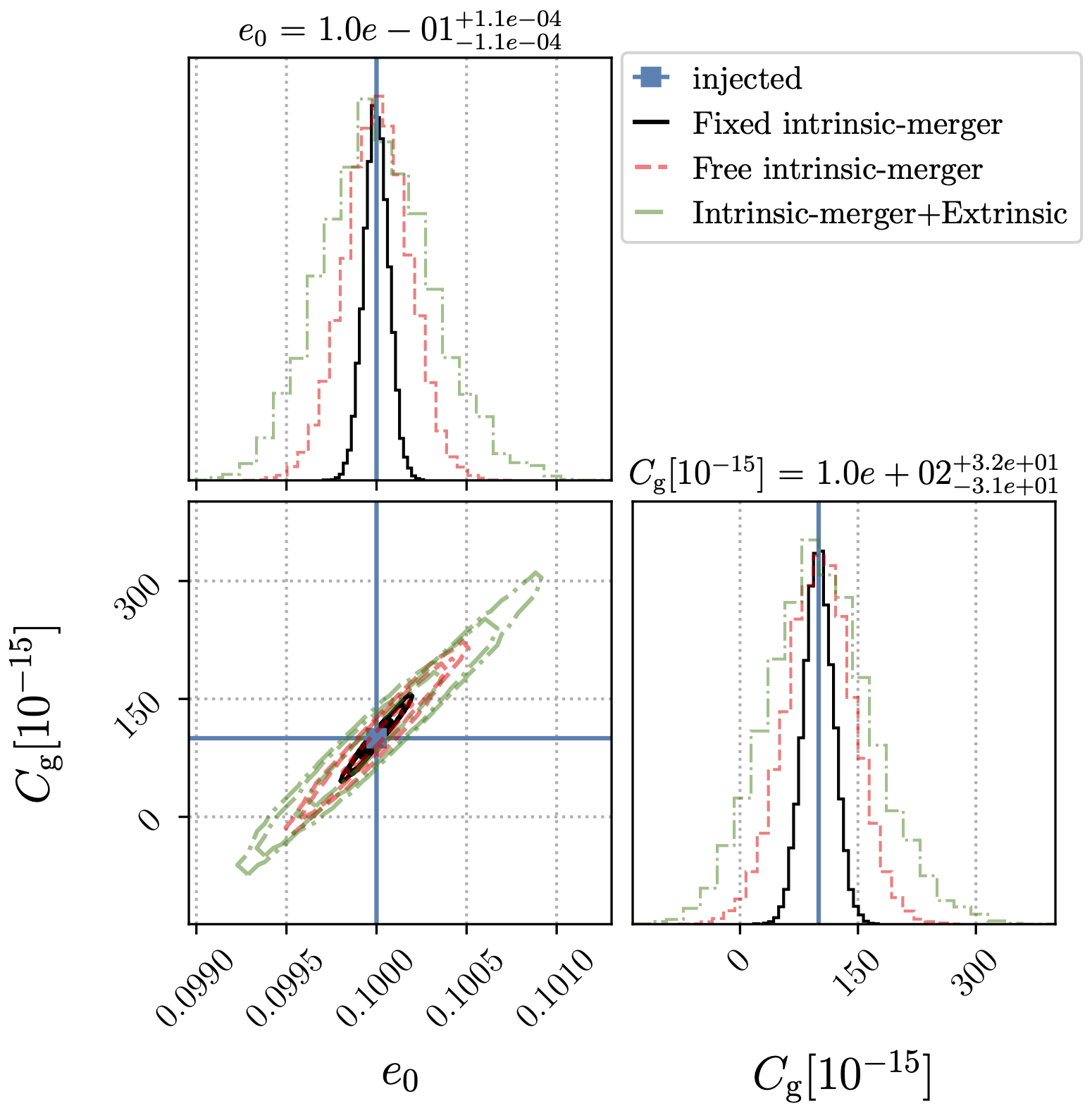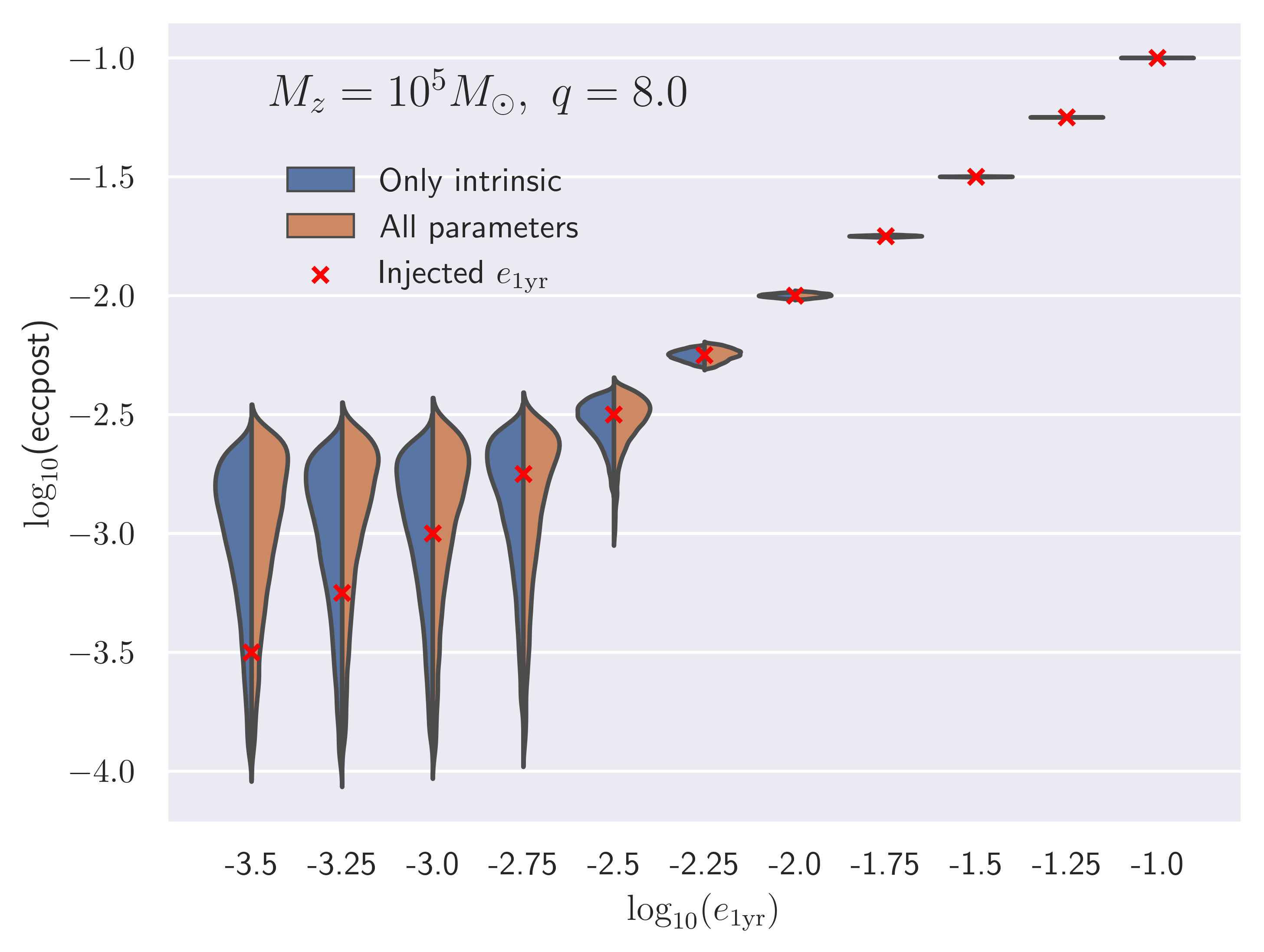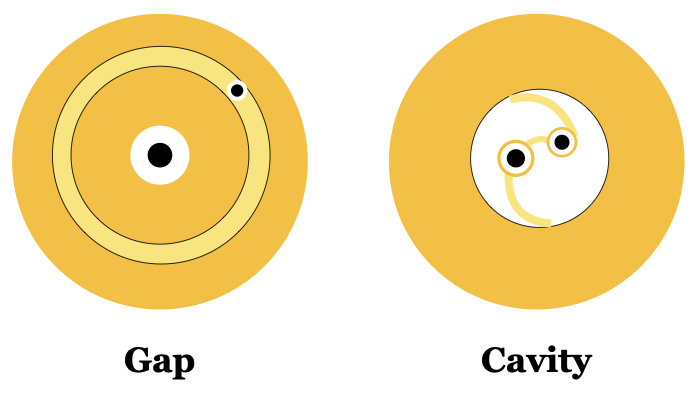Research

In the past, we could only see the Universe, but now we can also hear it.-Anonymous
This quote beautifully illustrates that till the first direct observation of gravitational waves (GWs) by the ground-based detector LIGO in 2015, we only relied on electromagnetic signals (mainly via photons) to study the Universe. Now, we have this amazing tool to probe the Universe and unlock its mysteries, and because observed GWs have a characteristic frequency chirp, in a way, we can listen to the Universe.
Detecting gravitational waves is similar to measuring the distance to the nearest star with an accuracy of the width of a human hair.-Anonymous
The above quote truly captures the challenge of directly observing gravitational waves (GWs), even though the observable GWs emerge from highly energetic astrophysical events, mainly mergers between compact objects: black hole (BH), neutron star (NS), and white dwarf (WD). Also, depending primarily on the total mass and distance of the source, they show up at different observed frequencies at Earth.
I am mainly interested in using the detection of Gravitational Waves to learn about the source properties together with their astrophysical environment. I mostly focus on GW waveform from merging massive black hole binaries (MBHBs) embedded in a gaseous accretion disc. My recent projects are:
- Concurrent measurement of eccentricity and gas perturbation from GWs of MBHBs

- How well LISA can measure eccentricity from GWs of MBHBs in vacuum using realistic data analysis techniques

- Evolution of LISA-detectable intermediate-mass BHBs in a realistic thin gas disc

- How fluctuating gas torque can make heavier supermassive BHB mergers show up in the LISA band

